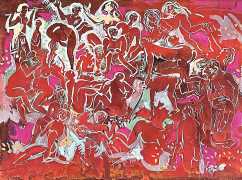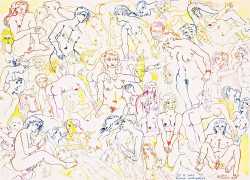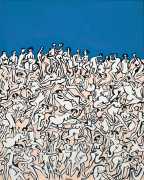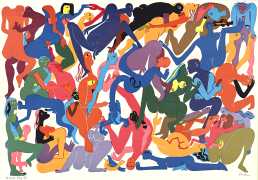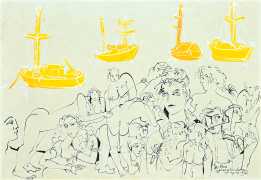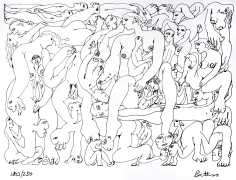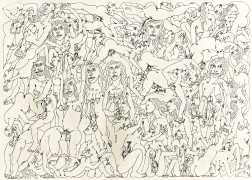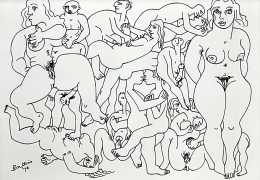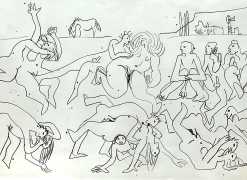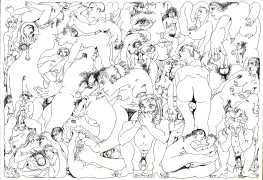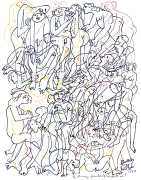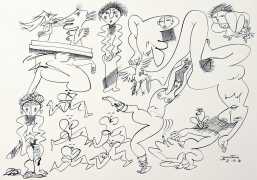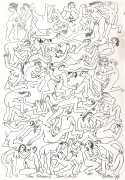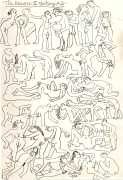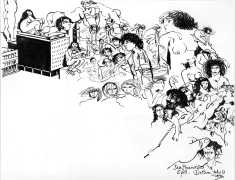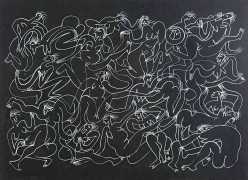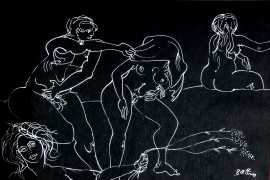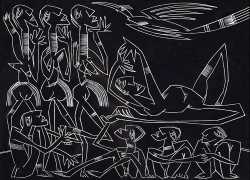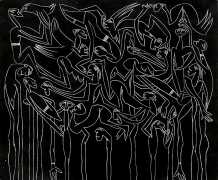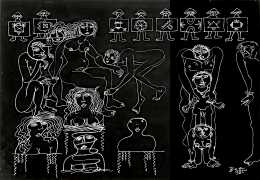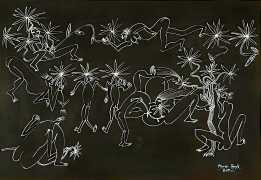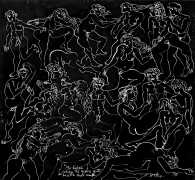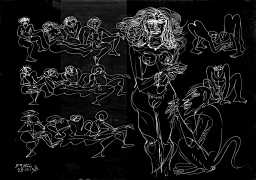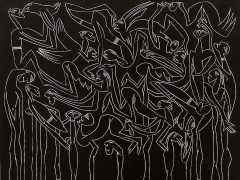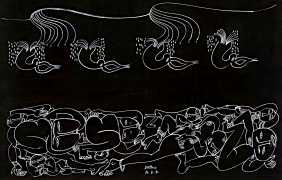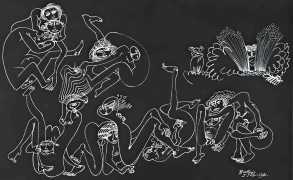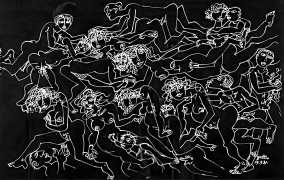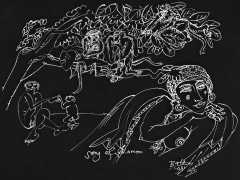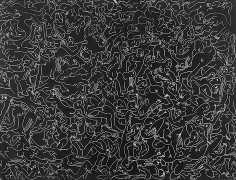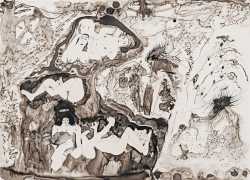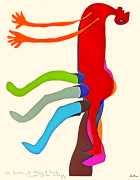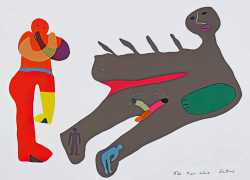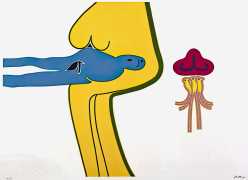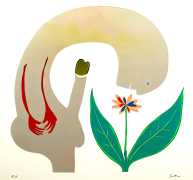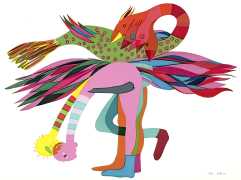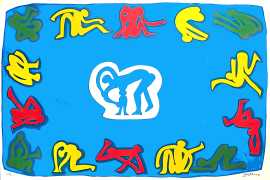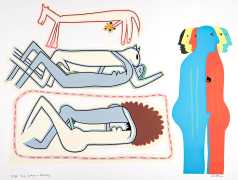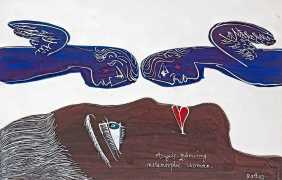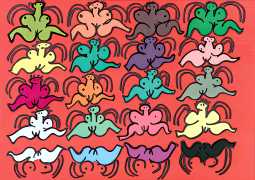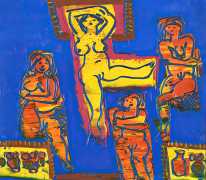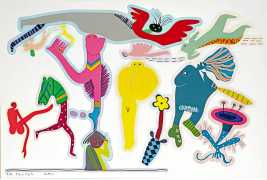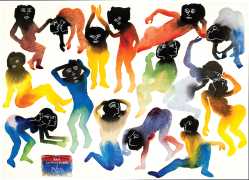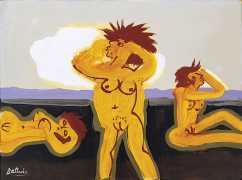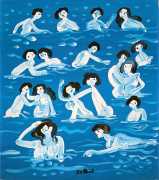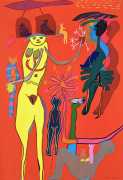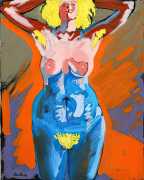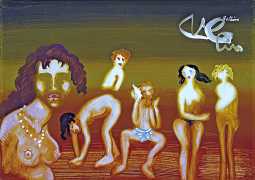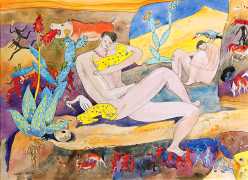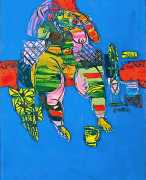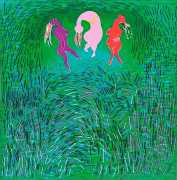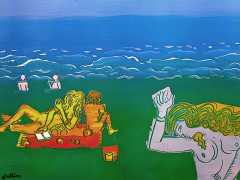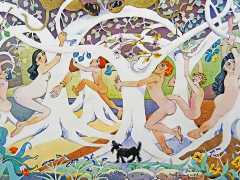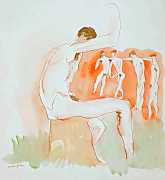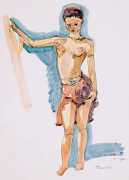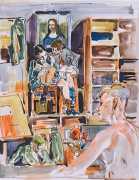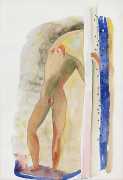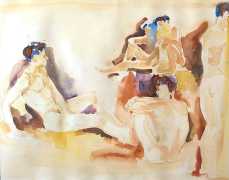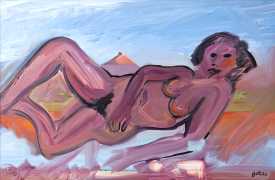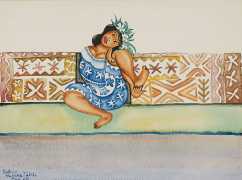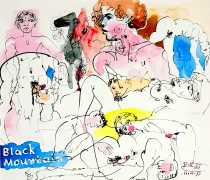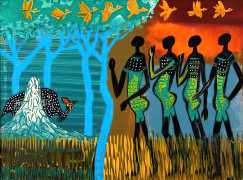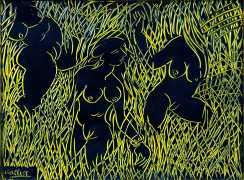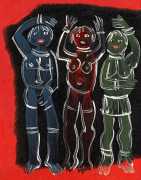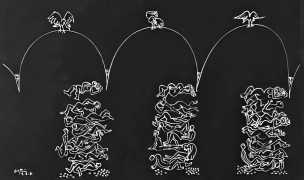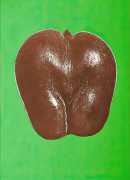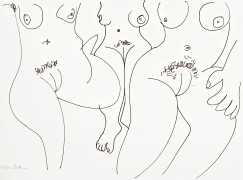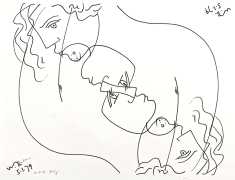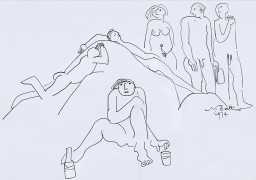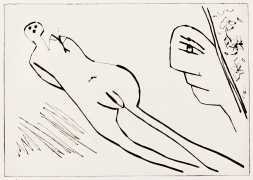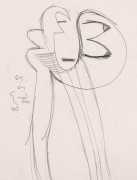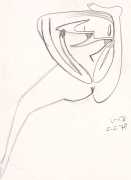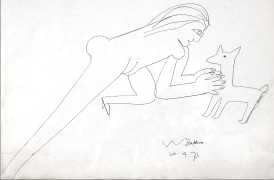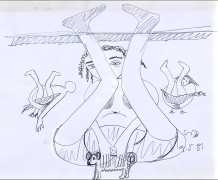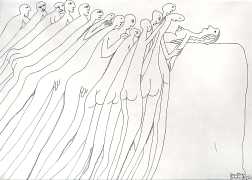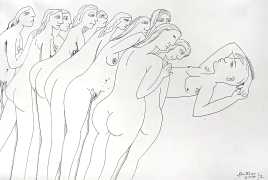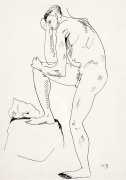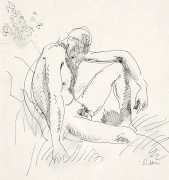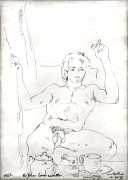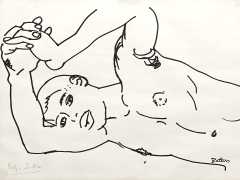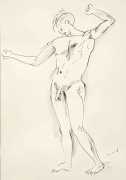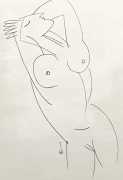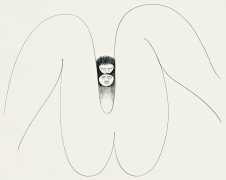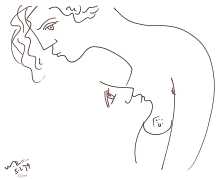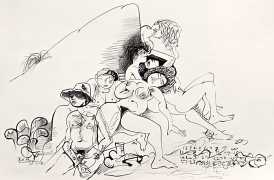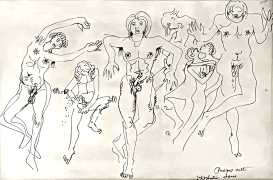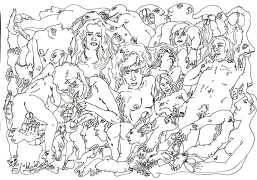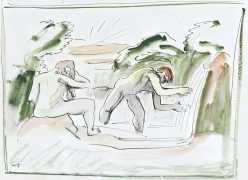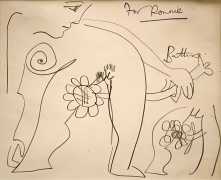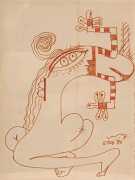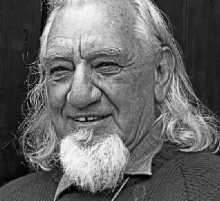 Walter Whall Battiss was one of South Africa’s most influential and original artists, celebrated for his pioneering role in developing a uniquely South African artistic identity. His work is celebrated for its joyful spirit, imaginative depth, and its role in shaping modern South African art. He grew up in Somerset East in the Eastern Cape, developing a deep appreciation for art and the natural world from a young age. Although largely self-taught in his early years, Battiss formalised his education in art at the Witwatersrand Technical College and later at the University of South Africa, where he earned a Bachelor of Fine Arts degree. He also taught art for many years, including at Pretoria Boys High School, and later as a professor at the University of South Africa.
Walter Whall Battiss was one of South Africa’s most influential and original artists, celebrated for his pioneering role in developing a uniquely South African artistic identity. His work is celebrated for its joyful spirit, imaginative depth, and its role in shaping modern South African art. He grew up in Somerset East in the Eastern Cape, developing a deep appreciation for art and the natural world from a young age. Although largely self-taught in his early years, Battiss formalised his education in art at the Witwatersrand Technical College and later at the University of South Africa, where he earned a Bachelor of Fine Arts degree. He also taught art for many years, including at Pretoria Boys High School, and later as a professor at the University of South Africa.
Early in his career, Battiss was captivated by Southern Africa’s rock art and indigenous cultures. This interest led to extensive travels throughout the region, during which he studied San rock engravings and cave paintings. In the 1940s and 1950s his work evolved significantly as he was exposed to international modernist movements. He became a founding member of the New Group, the only member who had not studied in Europe or America.
In 1938 he visited Europe for the first time and met the influential archaeologist, anthropologist, ethnologist and geologist Abbé Henri Breuil. He married Grace Anderson, a pioneering art educationalist, in 1940, and it was around this time that Battiss’ previously realistic style of painting began to take on a hieratic, symbolist character. While exhibiting a collection of South African art with the International Art Club in Italy in 1949, Battiss had his first meeting with Pablo Picasso and the futurist Gino Severini. Both artists made a strong impression on him, and the influence of their work can clearly be seen in his art.
His most whimsical and revolutionary creation was the fictional Kingdom of Fook Island (say ‘Fook’ with a South African accent and you’ll see why), which he developed in the 1970s. This imaginary utopia had its own language, stamps, passports and culture, serving as a creative rebellion against authoritarianism and censorship during apartheid-era South Africa, reflecting Battiss’s belief in personal freedom, play, and artistic expression.
Throughout his prolific career Walter Battiss worked with a range of media – painting, printmaking, calligraphy, and writing – and exhibited widely both locally and internationally. He was awarded numerous honours, including the South African Akademie’s Medal of Honour for painting in 1965.
When Battiss retired from his position as Professor of Fine Arts at the University of South Africa in 1971, a special issue of De Arte was published in his honour. In 1975 his wife Grace passed away, and in 1980 Battiss designed four stamps for the Botswana postal service. The Walter Battiss museum opened in Somerset East the following year, and remains an important monument to his work.
The Walter Battiss Company, which includes both management of the museum in Somerset East and sales of a wide range of Battiss artwork and merchandise, can be found here.
We are very grateful to our Russian friend Yuri for suggesting the inclusion of this artist, and for supplying many of the images.



